Tested: WP’s XPLOR Pro Suspension
The WP suspension package on Husqvana’s 2020 enduro models uses a very different set-up philosophy than its 2019-model predecessors. The WP XACT shock absorber is all new this year and designed to complement the 2020 bikes’ move back to the rising-rate linkage used on the MX models. And the WP XPLOR fork comes with much softer springs rates, coupled with substantially beefed-up compression damping. According to Husqvarna’s design team, these new settings help the fork ride higher in its stroke for a plusher ride over small bumps, as well creating better bottoming resistance because the added damping is able to ‘catch’ the compression earlier in the stroke; before it’s had the chance to gain too much momentum. The design team also claims this different ‘style’ of set-up is better matched to the 2020 frame that, for the first time in almost a decade, has been made stiffer in both longitudinal and torsional planes, and that it works better in extreme terrain, where it’s easier to preload both ends and ‘pop’ over obstacles.
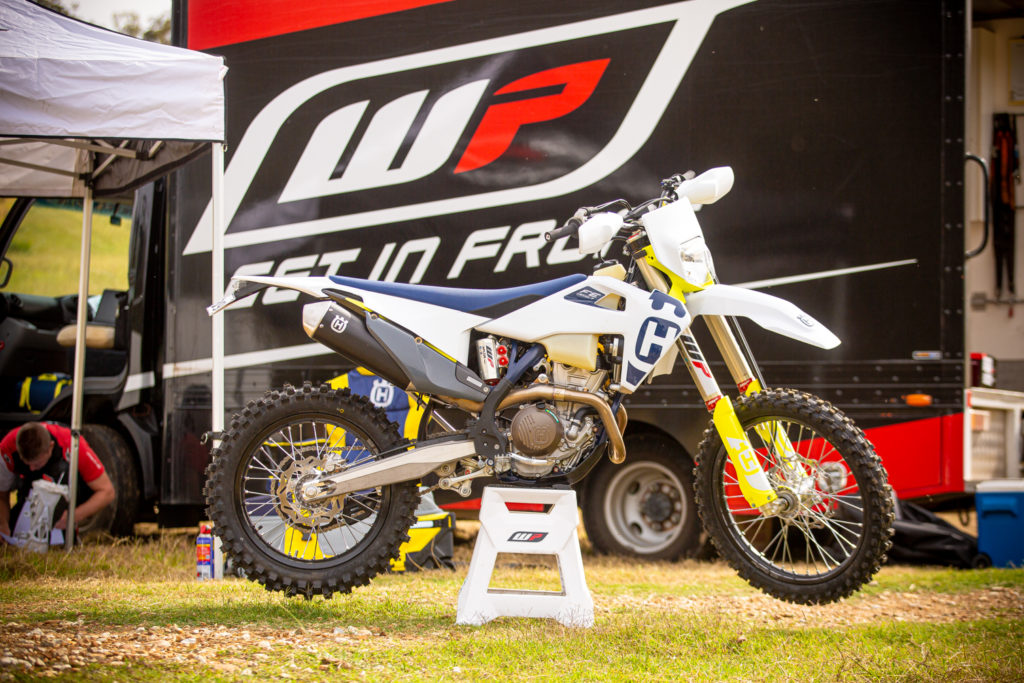
So, has the net effect of these rolling chassis changes for 2020 been positive? What are Husky dealers and suspension tuners reporting about their experience with Husqvarna’s 2020 suspension package? And how much can the suspension performance be improved by fitting WP’s high-performance XPLOR Pro aftermarket fork and shock? Let’s address these questions one at a time…
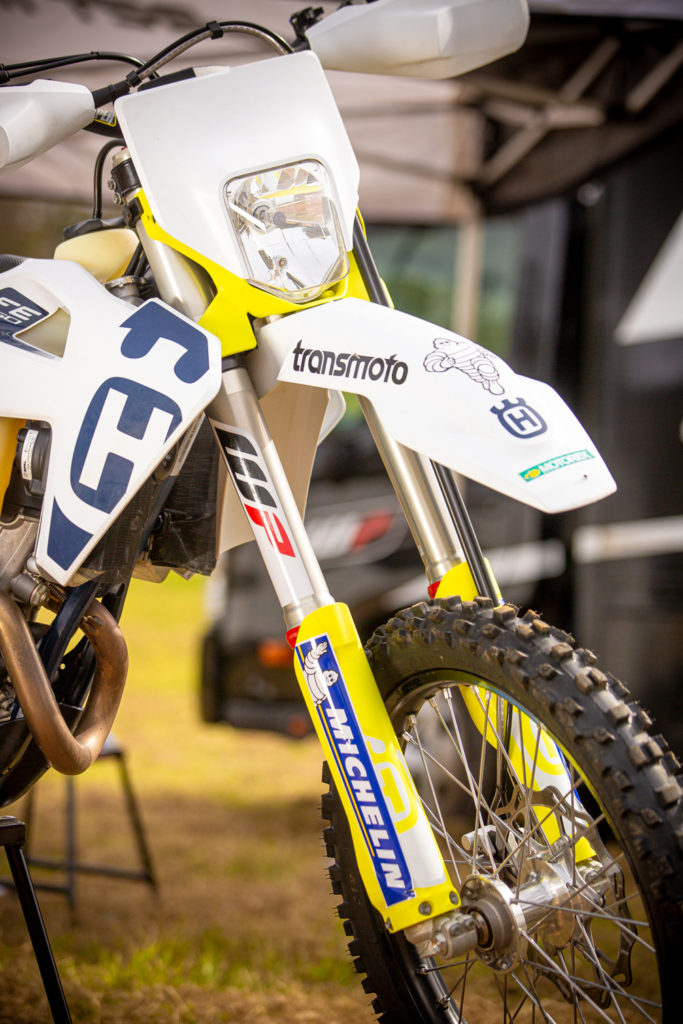
Is WP’s 2020 fork an improvement over its predecessor?
That depends on who you speak to, what sort of riding they do, and which model you’re talking about (as the 350, 450, and 501 models get the same 4.2N/mm fork springs, but much different damping for 2020). But in general terms, the changes give the 2020 fork a slightly firmer overall feel, and the damping curve itself is a big improvement. With more compression damping, the 2020 fork doesn’t blow through its stroke as much on big or high-speed hits. But in situations where the fork is relying more on the springs than the damping to hold it up in the stroke (such as steep downhills or hard braking into turns where there’s good traction), the bike’s front-end still dives visibly. And for faster and more aggressive riders, the resulting change in geometry in these situations can give the 2020 chassis a more unsettled feel. Adding 3 or 6mm of fork spring preload (via the tool-free Fork Cap Preload Adjusters, which come standard on Husky’s enduro models) will help the issue, but fitting firmer springs will address it better.
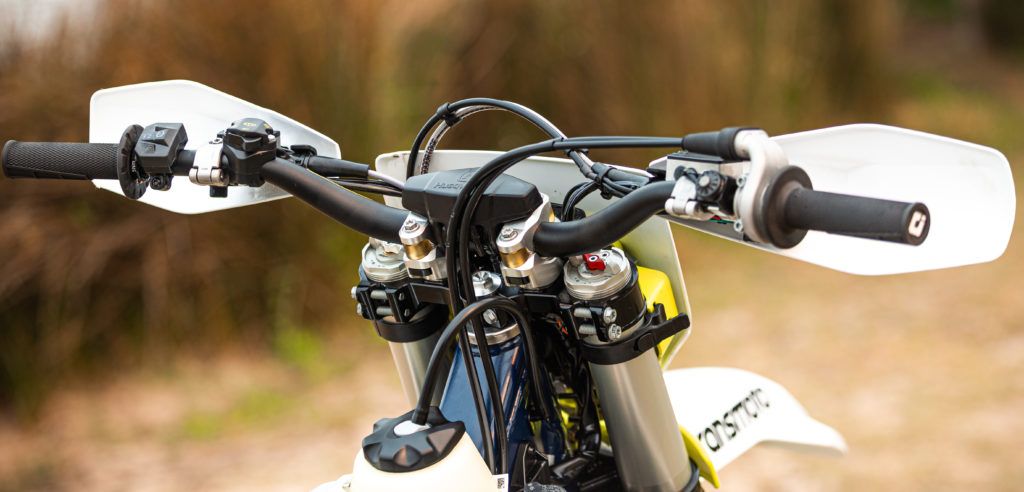
What about the other upgrades to the 2020 XPLOR fork – the mid-valve piston and spring preload adjusters?
The updated mid-valve piston (it gets more precise tolerances in the 2020 models’ forks) in the right fork leg definitely delivers a more consistent damping action from one production fork to the next this year. And with a noticeably smoother action, the updated spring preload adjusters make the job of changing fork spring preload much easier. The beauty of these ‘Fork Cap Preload Adjusters’ (which come standard on Husky’s enduro models, or cost $325 through KTM’s PowerParts Catalogue) is that you can alter the front-to-rear spring balance (to some extent anyway) without resorting to changing springs.
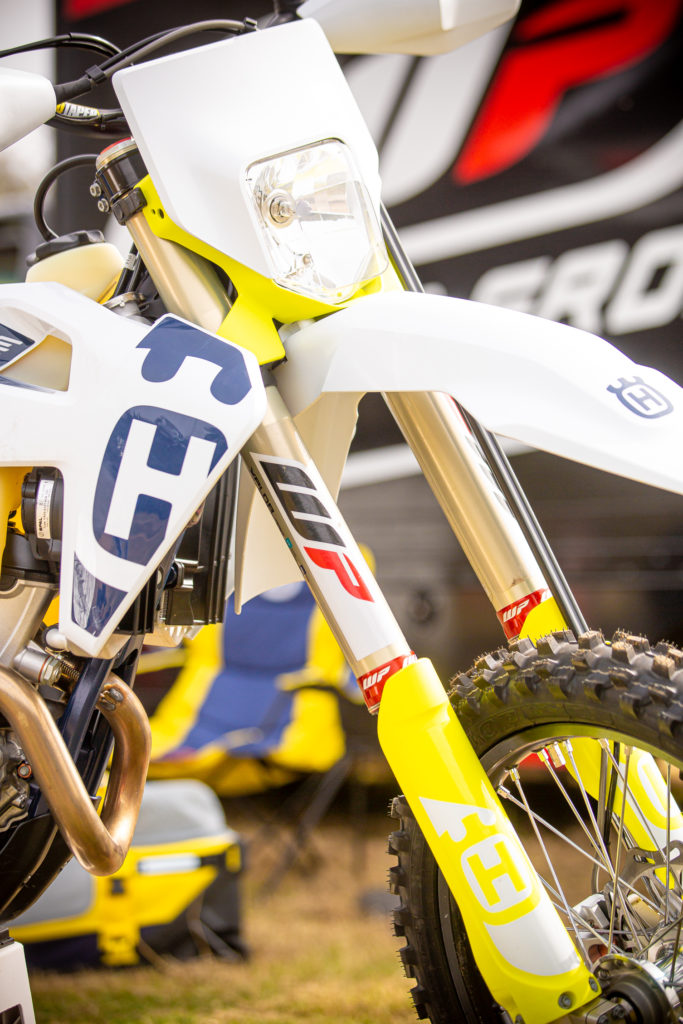
Is the XPLOR fork’s mid-valve piston still prone to bent shims and reduced damping?
Contrary to popular belief, the RHS leg in the XPLOR fork does 100% of the rebound damping and 70-80% of the compression damping. Yep, in spite of the fact the LHS fork leg has the compression clicker in its cap, the LHS fork leg doesn’t come with a mid-valve piston. It only does 20-30% of the fork’s overall compression damping, and its clickers, therefore, don’t make a huge impact on the damping character (shock dynos indicate that only the final eight to 10 clicks of compression damping have a noticeable impact on damping). As a result, the sole mid-valve compression piston (in the RHS leg) has to handle a large volume of oil, which means its shims remain prone to distortion after about 30 hours’ use. After 60 hours of use, most WP suspension tuners reckon the damping effect of that mid-valve piston is negligible, which means it needs fresh shims to replace the bent ones if owners want to revive the standard damping effect.
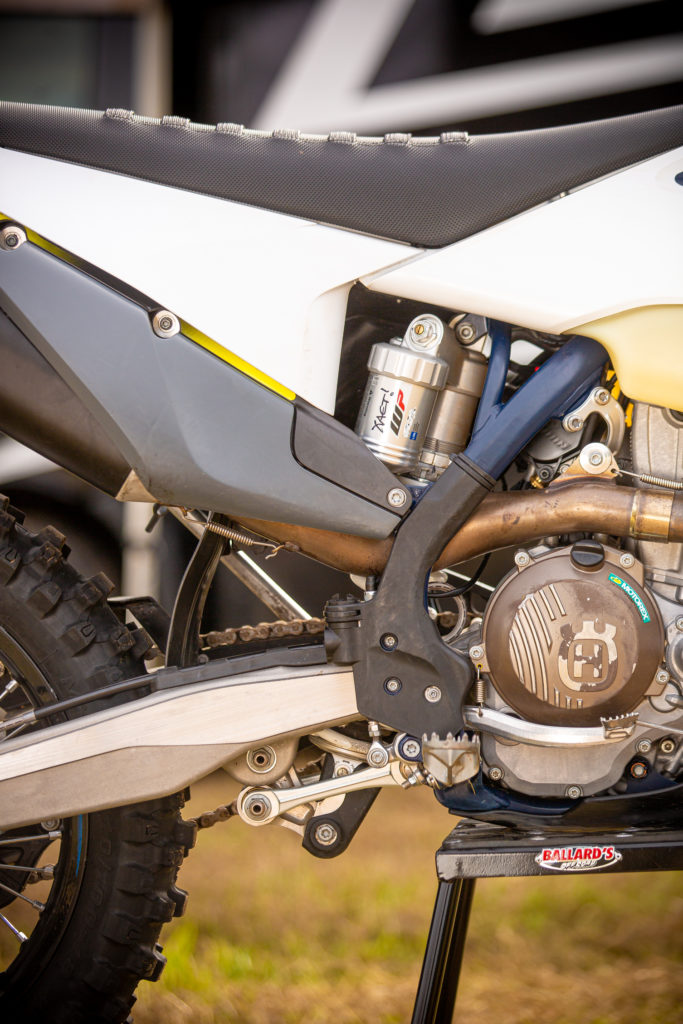
Is Husky’s move back to the MX-spec linkage, and the addition of the all-new XACT shock, a good thing?
There’s no doubt that, with the new shock absorber and linkage, the 2020 bike’s shock delivers better progression and a more predictable ride. The rear-ends on the new models don’t use as much travel unnecessarily and don’t wallow as much for heavier riders through G-outs or a series of sandy rollers. But it’s difficult to know how much of that improvement can be attributed to the shock or to the linkage. Remember also that reverting to the MX models’ linkage creates a slacker steering head angle (by 0.7º) for Husky’s 2020 enduro models, which seems to have created a better overall front-to-rear chassis balance.
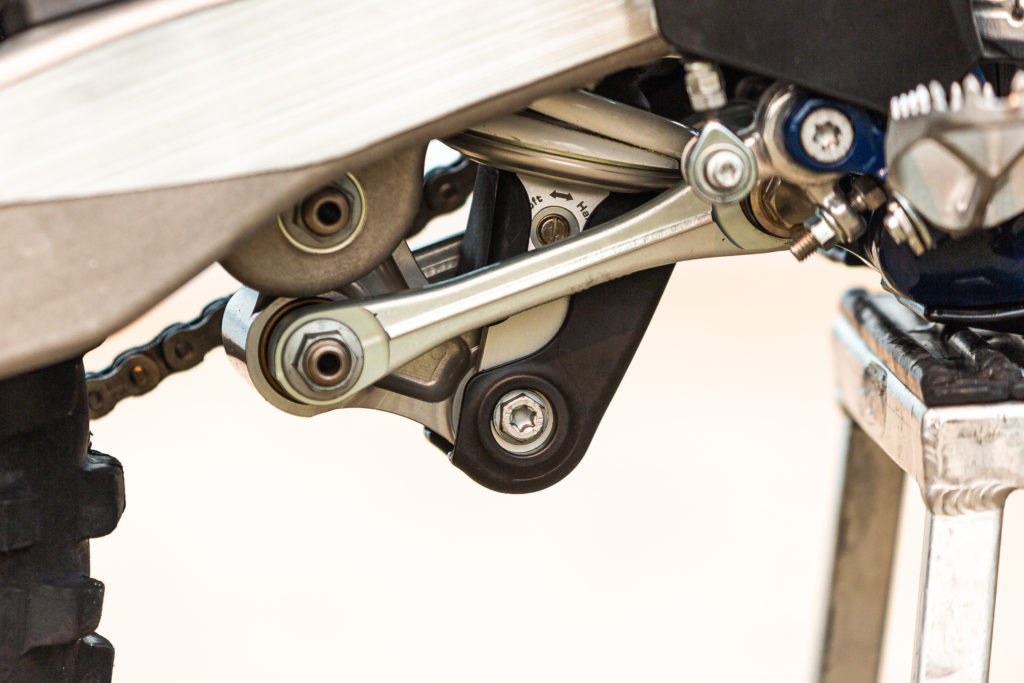
Does the new subframe also affect rear-end feel?
The new two-piece, fibre-reinforced plastic subframe is 250g lighter than its predecessor’s and designed with added flex in the vertical plane to assist the action of the shock. But that flex is very subtle and not something you’re conscious of while riding. Well, we weren’t!
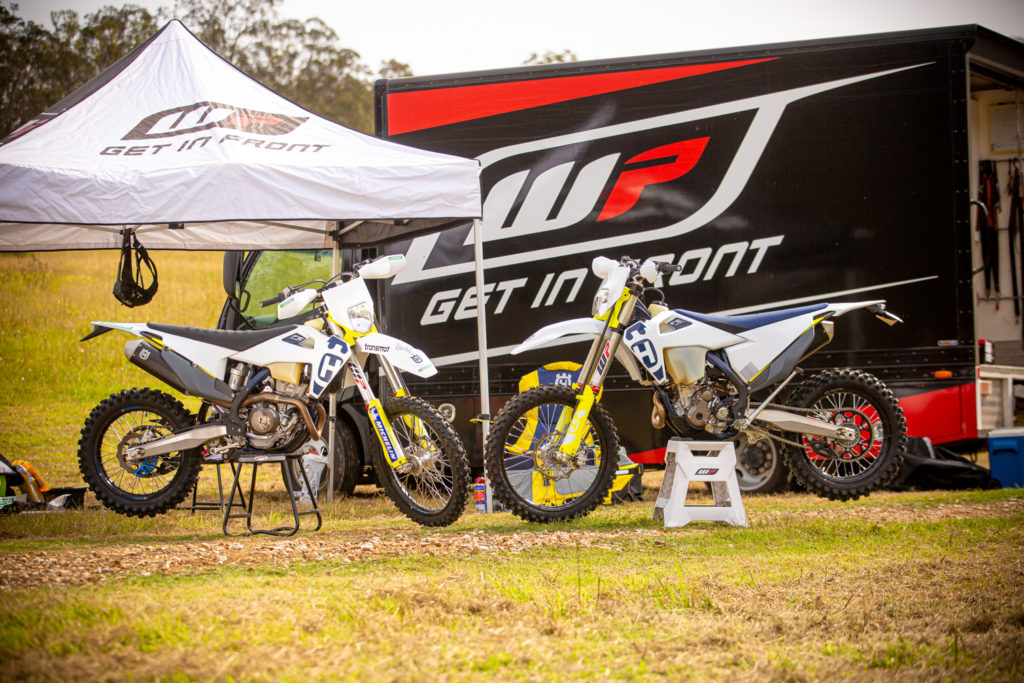
What sort of tuning work has Authorised WP Suspension Centres been doing to these 2020 Husky enduro models?
Many WP Suspension tuners say that, by going two rates softer on the fork springs for 2020, there’s somewhat of a front-to-rear chassis imbalance – especially for 85kg-plus riders because the 2020 spring rates are better suited to lighter riders – like a 75-80kg fast guy, rather than 80-85kg fast guy. And that’s why many tuners have been able to improve their customers’ bikes by going one or two spring rates firmer in the fork (to 4.4 or 4.6N/mm springs), coupled with slightly softer low-speed compression damping (for less deflection over small bumps) and stiffer mid-valve damping shims (to hold the fork up in the mid-stroke for bigger hits). Suspension tuners are also performing internal mods and/or installing additional compression clickers in the bottom of the XPLOR fork’s RHS fork leg to create a bigger range of compression damping adjustment.
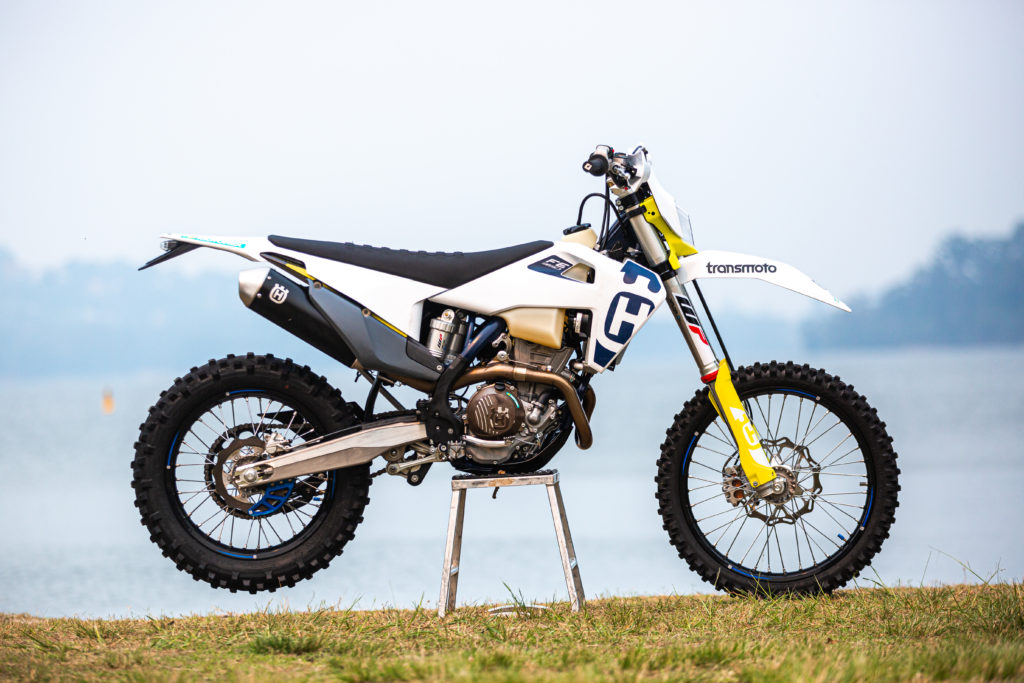
Is WP’s standard XPLOR fork or XACT shock in more need of attention?
Most dealers and suspension tuners say that the 2020 enduro models’ suspension, along with the accompanying geometry changes, has improved the overall ride and chassis balance for the average rider; that the new settings deliver a more predictable, comfortable and versatile handling package for a greater majority of 80-90kg trailriders. Many also believe that the 2020 suspension set-up, especially the fork, has been influenced by the design team’s efforts to make the new bikes better suited to extreme terrain. If push comes to shove, tuners concede that the fork is probably more in need of attention than the shock for fast riders, mainly because of the significant change in the fork’s spring rates for 2020. Though they all warn about making changes only to the fork – without corresponding changes to the shock’s settings, that is – to ensure both ends of the bike work in harmony.
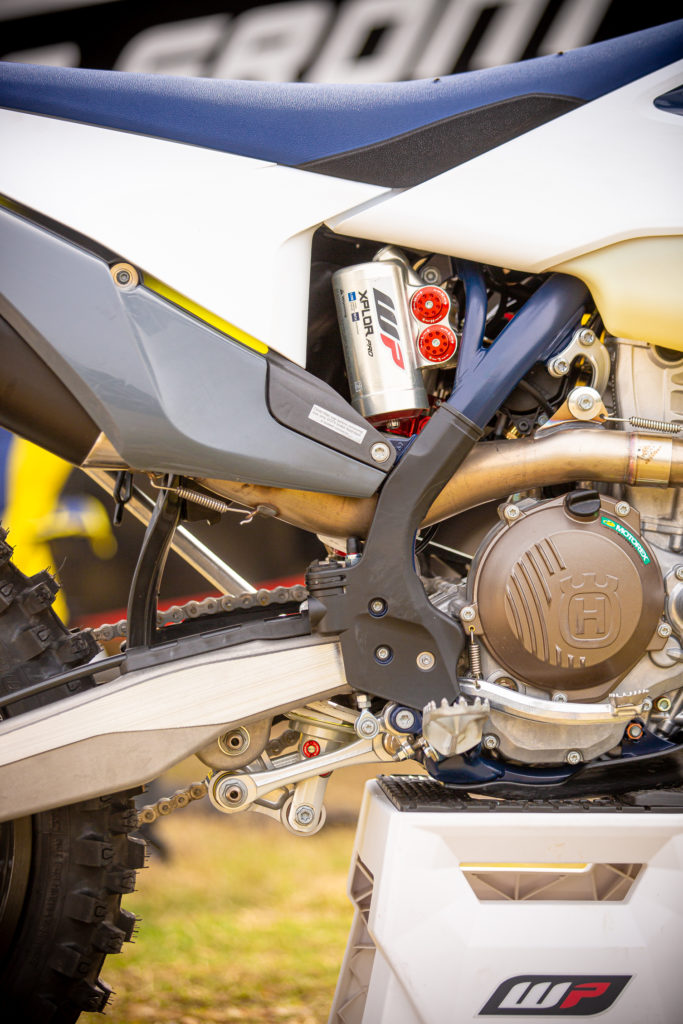
How different are the WP XPLOR Pro Fork and WP XPLOR Pro Shock compared to the standard WP units?
They’re completely different, both externally and internally. The XPLOR Pro 7548 Fork (which supersedes WP’s 48mm Cone-Valve fork) still comes with conventional pistons and shims for both compression and rebound damping in both fork legs, but a tapered cone replaces the traditional mid-valve assembly (and this appears in both fork legs, not one) to give you additional tunability. The cone itself is available in several different tapers (to allow more or less oil flow), plus the spring that sits behind the cone in each fork leg (which affects how easily the cone opens) also comes in several options. The XPLOR Pro 8950 Supertrax Shock supersedes WP’s Trax shock, and comes with significantly upgraded internals – in particular, a more sophisticated ‘drop-out’ mechanism to smooth out the Trax shock’s trademark mechanical clunk when nearing full extension.
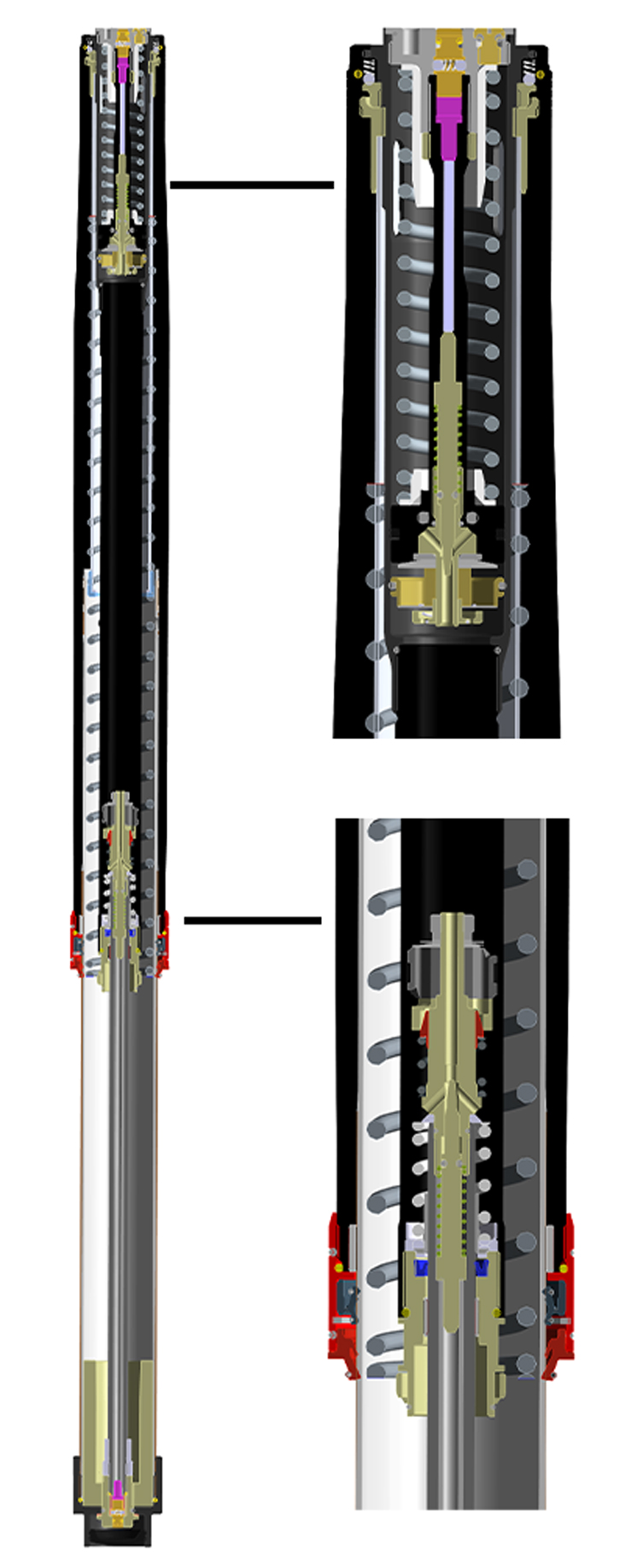
WP XPLOR Pro fork internal cut aways.
What do the aftermarket WP XPLOR Pro components cost?
The XPLOR Pro 7548 Fork costs $5195, and the XPLOR Pro 8950 Supertrax Shock costs $3365. Both come set up with spring rates to suit the customer’s weight. And most Authorised WP Suspension Centres will also tune the damping specs to suit your weight and riding preference (some also replace the fork’s firm 12N/mm reservoir springs with much softer rates for added compliance in the first portion of the stroke).
Most importantly, how do WP’s XPLOR Pro Fork and XPLOR Pro Shock perform?
For a detailed insight, check out the video feedback from our fascinating two-day suspension test, where we put WP’s standard and XPLOR Pro suspension packages back-to-back using two 2020-model Husqvarna FE350s (the XPLOR Pro fork and shock we tested were fitted with 4.4N/mm fork springs and a 45N/mm shock spring, which compares with the standard fork and shock spring rates of 4.2N/mm and 42N/mm, respectively). But suffice to say that the difference between the standard and Pro componentry is significant – not only in the action of both the fork and shock themselves, but also in the way they affect the bike’s front-to-rear chassis balance, the traction at both ends, and how the bike steers into, through and out of turns.
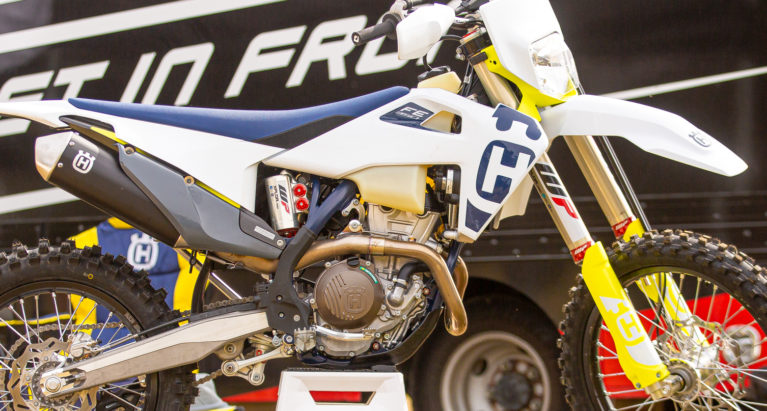
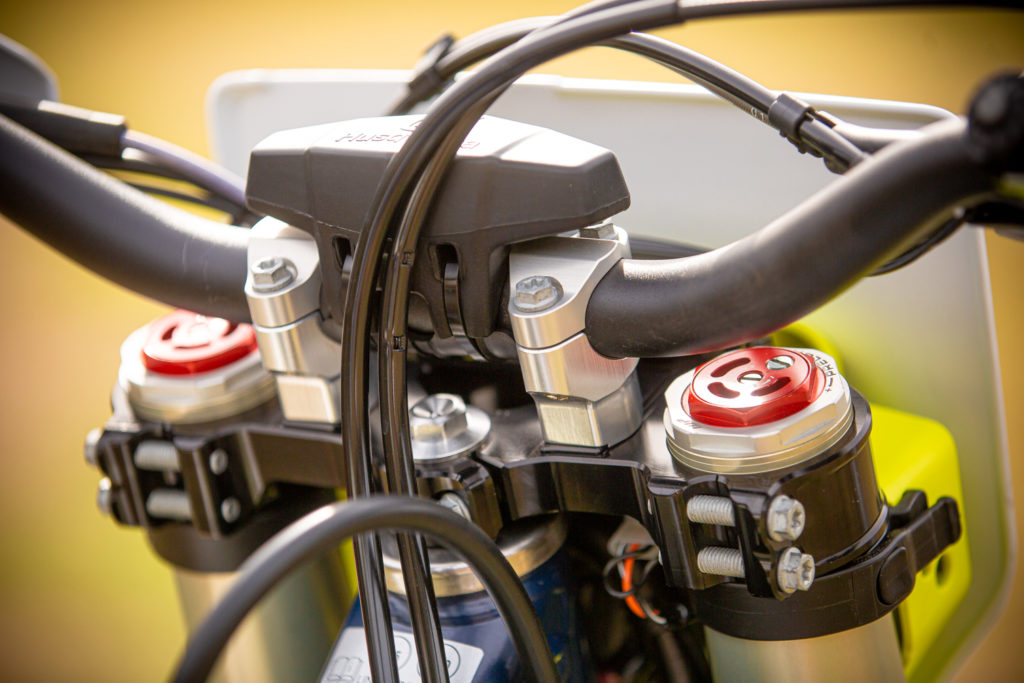
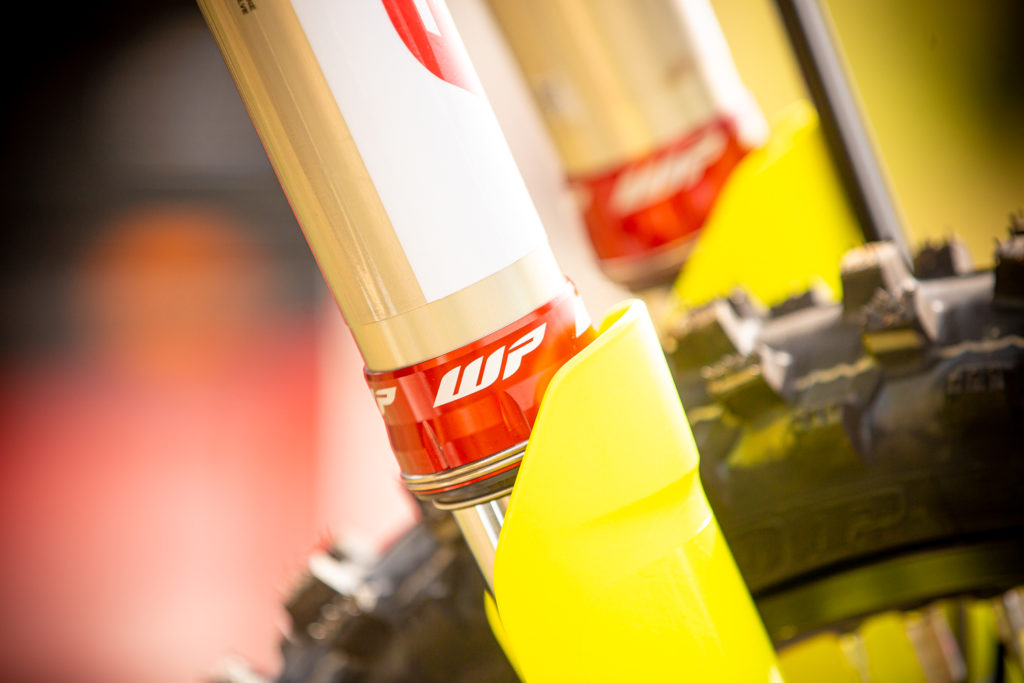
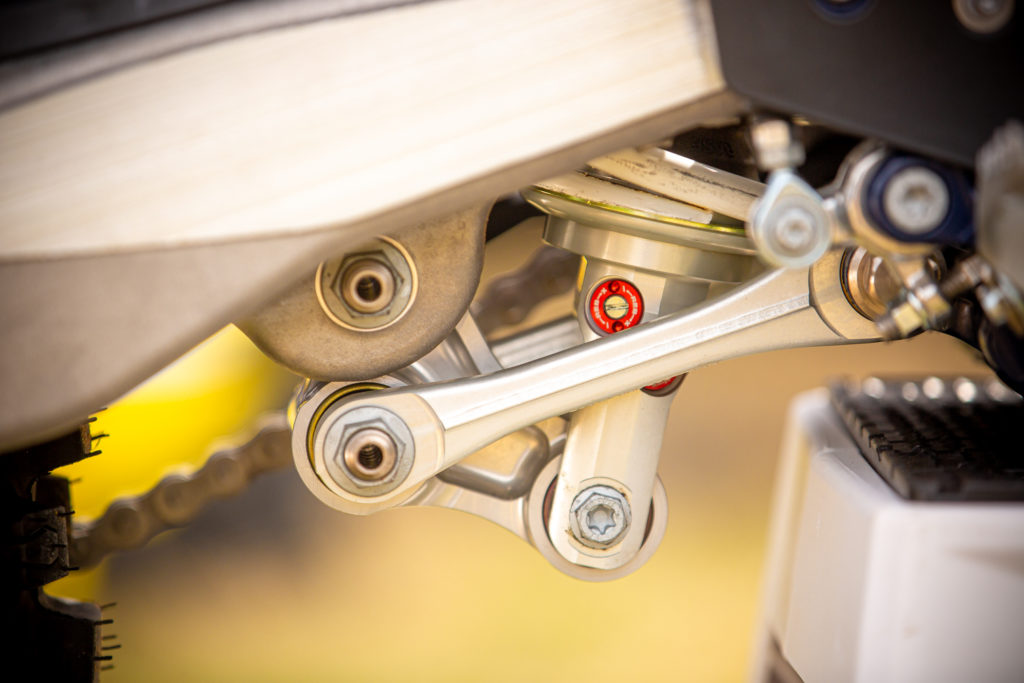


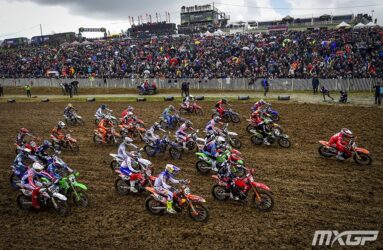


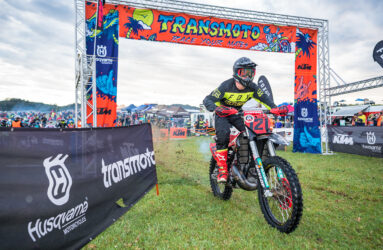


Be the first to comment...